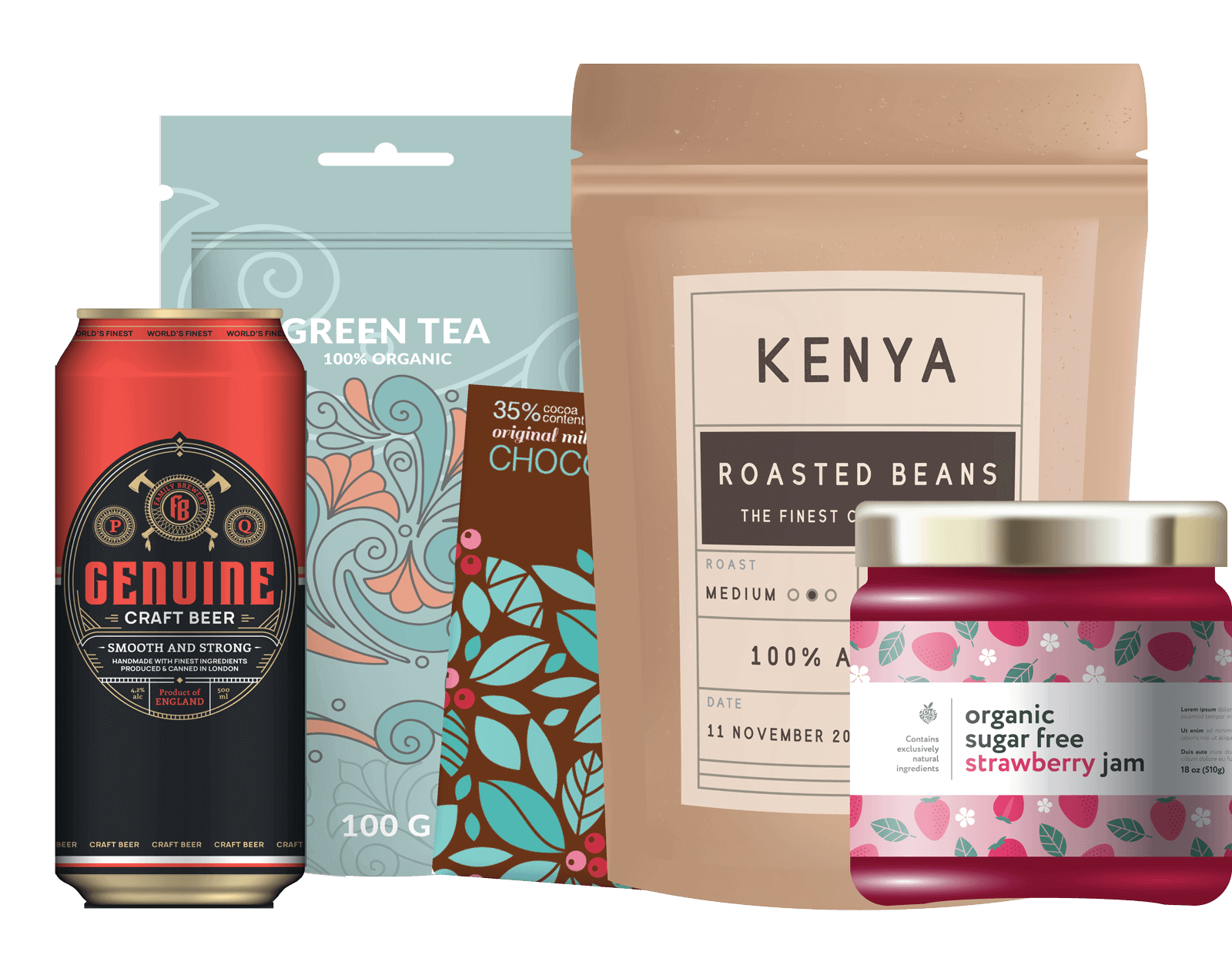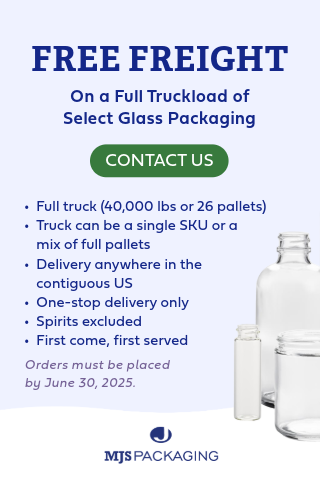Basics of a Cold Fill Bottle Manufacturer
During cold filling, a container is pressurized by cooling the product and the propellant to a temperature between 30 and 60 degrees Celsius. This keeps both materials in liquid form and is accomplished through refrigeration or a mixture of acetone and dry ice.
The cold product is added to a cold container (usually aerosol) and liquefied gas is added, which help displace the air in the container. A valve is placed in the container and set into place, then the entire container passes through a cold water bath. This cold water allows any distortions or leaks to be visible and resolved before the container is complete and moves to the next step in the manufacturing process.
Cold filling is increasing in popularity thanks to the reduced need for pasturization or added preservatives during the process.
Cold-Filling Basics
Cold filling is most common for aerosol applications, as water-based applications would merely freeze during the cooling process. Non-water based applications work with cold filling, although moisture may remain in the final product due to condensation. Examples of non-aerosol applications include fresh products including juice and milk.
Most cold-fill packaging are custom-designed to include a blown-in handle and are made out of material that do not contaminate the flavor of the product. This includes multilayer packaging and barrier technologies to protect the contents. Barriers are another custom-designed aspect of the cold fill manufacturing process and are available in a variety of solutions, including the following:
- CO2
- UV
- O2
- Mono and multilayer
- Scalping
- Fragrance
In food applications, a multilayer material block carbon dioxide and oxygen from passing through the container and affecting the contents.
Cold-Aseptic Filling
Cold-aseptic filling involves the process of bottling at ambient temperatures, pasteurization or preservatives. The container is heated briefly before the filling process. This type of cold filling is recommended for “natural”, “healthy” or “organic” foods or beverages, such as the following:
- Sports drinks
- Fruit juices
- Tea
- Vegetable juices
- UHT milk
- Flavored water
- Milk-based mixed beverages
- Near-water beverages
A wet cold-aseptic fill process first sterilizes the containers using steam and peracetic acid, which distributes disinfectant throughout the container. This method reduces the possibility of germ contamination in the product.
A dry cold-aseptic fill uses hydrogen peroxide as the disinfectant. Hydrogen peroxide is favored in the milk industry and is considered affordable.
While cold-aseptic filling is considered a newer technology, the benefits of the process are becoming better known. This is particularly true thanks to increasing consumer awareness of the effects of packaging on contents, as well as food safety risks and the overall health and safety of any product.
Microbiology has remained a concern in cold-aseptic filling but is improving, thanks to better sterilization. New methods of preservation such as utilization of a high-pressure pulsed electric field, ohmic heating and bright light help increase shelf life without additional preservatives or refrigeration. In addition, cold-aseptic filling is improving in terms of energy, time and cost savings. However, as with any filling process, careful attention to safety is necessary.
M. Jacob & Sons
Cold-filling is becoming more and more common in the food, beverage and cosmetic industries. Finding a cold fill bottle manufacturer with low operating costs, filling safety and overall health concerns can be difficult, however, which is why many companies request the assistance of packaging solution firms such as M. Jacob & Sons.
M. Jacob & Sons has been in business since 1880 and continues at the front edge of the packaging industry. Our team continues to follow advancements and innovation that will increase package safety, effectiveness and attractiveness.
For more information about cold-filling, cold-aseptic filling and other potential packaging options for any industry, contact M. Jacob & Sons at 800-915-2262.





